When speech-language pathologist Nicole Gress talked about voice, it didn’t sound clinical. It sounded personal. As a queer and gender-fluid creator, she saw the disconnect between traditional voice training and what trans people actually needed, a voice that didn’t mimic someone else, but sounded like them, affirmed.
That idea became Undead Voice, the first scalable, evidence-based voice transition program created specifically for trans and gender-diverse people. Not retrofitted. Not resized. Built from the ground up.
Why Traditional Voice Training Leaves People Stranded
Gress spent years in hospitals and private practice, but the “magic moment,” when someone spoke and truly recognized themselves, rarely happened.

Traditional voice training, she explains, wasn’t designed to shift how a voice is gendered. It focused on disorders, not identity. Lessons were short, progress isolated, and people practiced quietly in cars or bedrooms, afraid to be heard.
“Copying someone else’s sound might get you their song,” she said. “I want you to understand your instrument so you can choose your own song.”
Instead of imitation, Undead Voice focuses on control, teaching users how to shape resonance, pitch, dynamics, vocal weight, and vocal tilt. These Five Pillars form a method meant for real life, not just a clinic or rehearsal room.
Science Meets Identity: The Training Behind the Transformation
Gress merged deep training from voice therapy, classical singing, acting, and neurological rehabilitation. From singing came breath and fine-motor control. Acting offered emotional intention and conversational nuance. Speech therapy brought safe mechanics and repeatable learning.
That fusion helps users develop a voice that aligns with their identity, without sounding performed or artificial. It’s not about sounding higher, softer, or “more feminine.” It’s about sounding right.
And it works. More than 100,000 people in over 20 countries have used the program, many stabilizing their everyday speaking voice in as little as four to six months.
Voice, Confidence, and the Cost of Dysphoria
The average person hears a voice memo and cringes. Then they move on. For 85% of trans and gender-diverse individuals, that feeling sticks, and shows up every time they speak.
Voice dysphoria isn’t abstract. It’s hesitating at Starbucks when they ask for your name. It’s avoiding Zoom meetings because you fear how you sound. It’s rehearsing greetings in your head and still not liking what comes out.
“When your voice finally aligns with your identity, you stop thinking about how you sound and start focusing on what you want to say,” Gress shared.
The result? Confidence. Safety. Self-expression. Not just online or among friends, but in workplaces, classrooms, family gatherings, and everyday moments that build connection and agency.
Building Something That Doesn’t Leave People Behind
Undead Voice wasn’t built like a clinic. It acts like a platform, flexible, scalable, and community-rich.
Members don’t need referrals or insurance approvals. They get lifetime access, coach feedback, neurodiversity-friendly tools, transcripts, camera-optional sessions, and interactive practice messages.
There’s no “go practice alone” model. People practice together daily, sometimes quietly in their own home, but never in isolation.
To make access even wider, Gress built a global partner network with schools, employers, trans-led organizations, medical providers, and nonprofits. That’s how they deliver Jumpstart, an introductory three-week program that helps communities begin together.
Final Words and One Piece of Advice
Gress offers one piece of guidance to anyone beginning their voice journey:
“Nothing happens overnight, but as you hear your voice change, your confidence grows, and you won’t regret the time and energy you put into falling in love with your voice.”
And for supporters?
“Treat voice like pregnancy. Don’t bring it up unless they do. If they do, celebrate every win.”
Whether it’s identity, safety, or simply the ability to order coffee without a second thought, Undead Voice is helping people sound more like themselves, not like a version of someone else.
A voice isn’t just a sound. It’s a home.



